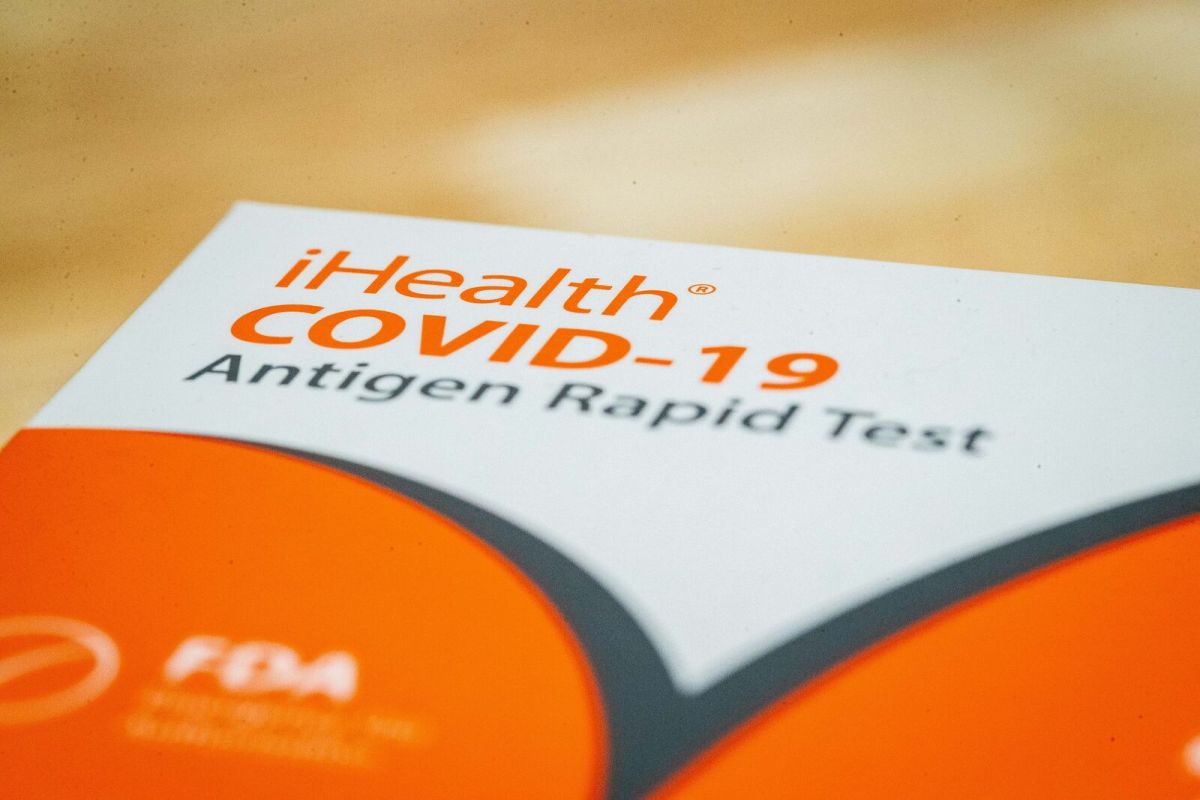Earlier this month, I posted a message on social media that drew a lot of responses. The post was simple enough, encouraging people to get tested for COVID-19 frequently, especially as social gatherings increase during the spring and summer months. Afterward, messages came flooding in from friends and strangers alike, letting me know that they had recently gotten COVID. Many of these were people who, like myself, are vaccinated and boosted, and have taken great care to avoid contracting the virus.
In the ensuing days and weeks, it seems like more people than ever in my orbit are getting COVID, and many others I’ve spoken with are saying the same. Not surprisingly, the Alameda County health department’s COVID-19 dashboard shows that there’s been an increase in reported cases, comparable to the surges of January and August of 2021.
But why does this surge actually feel so much more widespread than last summer? Turns out, because it probably is—and we know this because of wastewater testing.
Back in April 2021, the California Department of Public Health began processing wastewater samples from EBMUD. The water company services roughly 740,000 customers in Alameda County, including Oakland, Berkeley, Emeryville, and others. By testing the sewage, lab technicians are able to detect and measure quantities of SARS-CoV-2, the virus that causes COVID-19. The wastewater testing provides a snapshot of COVID levels in our area that’s more accurate and up-to-date than what we are currently getting from the reported case numbers.
The state’s dashboard that collects data from EBMUD currently shows that the concentration of SARS-Co-2 in the East Bay’s wastewater rose dramatically in late April and May—not to levels as high as Omicron’s peak in January, but on par with and longer-lasting than last summer’s spike.
At Roots Community Health Center in East Oakland, testing has tripled as more residents are coming in and reporting symptoms, Dr. Noha Aboelata said in her latest virtual People's Health Briefing. Aboelata believes that wastewater testing provides a truer picture of the pandemic in Oakland than the county’s reported case counts. In the past 14 days, reported cases in Alameda County have climbed from 5,500 to 7,000.
“We know that this is a very significant undercounting, given all the testing going on in homes,” said Aboelata, referring to rapid home tests that go unreported. “However, it's definitely going in the wrong direction.”
As part of her work with Roots educating and treating the Oakland community, Dr. Aboelata has often talked about the importance of wastewater testing when it comes to finding new ways to fight against COVID-19.
“Wastewater sampling could be a phenomenal tool. I just think right now, it's not necessarily being fully implemented consistently across the board,” she told The Oaklandside in March.
Wastewater testing can also help public health officials and providers anticipate new virus mutations before they become widespread. “It really is an early detection sign," said Aboelata. "And even if they were sequencing it, then we could also find variants of concern much more quickly.”
In Oregon, wastewater samples collected for a study between March and May 2022 revealed a new variant, B.1.351 (Beta), which had not been found in that region of the state before.
While the wastewater data is unsettling, there are some encouraging differences between the surge happening now, and those earlier in the pandemic, according to county health officials. In a statement emailed to The Oaklandside, a spokesperson for the Alameda County health department wrote that reported positive COVID cases remain far below what was observed during the Omicron surge, and disparities seen in previous infection waves aren’t as pronounced.
“While COVID case rates are highest among residents in their 20s through 40s, we are not yet seeing race or place-based disparities in case rates that characterized previous waves,” read the statement. “Hospitalization of people with COVID remains at levels well below what we saw during Delta and far below Omicron, and ICU admissions are low. Deaths from COVID are similarly much lower now,” in part due to Alameda County’s vaccination rate (84% are fully vaccinated), immunity from prior infections, and greater access to treatments.
As of this week, the California Department of Health launched a program called "Test to Treat," aimed at increasing access to COVID treatment, especially for hard-hit communities and uninsured people. The Test to Treat locations (Oakland has four) will provide testing and immediate access to antiviral pills for qualifying individuals who test positive for COVID.
The city of Oakland lifted its vaccine requirement for indoor establishments on May 18. But county health officials continue to recommend getting tested if you think you've been exposed and wearing high-quality masks while gathering indoors with large groups.
“Daily reported cases in Alameda County have reached levels seen during the Delta wave," wrote Alameda County Health Officer Dr. Nicholas Moss in a statement released May 13. "If you’ve chosen not to wear a mask indoors recently, now is a good time to start masking again.”

